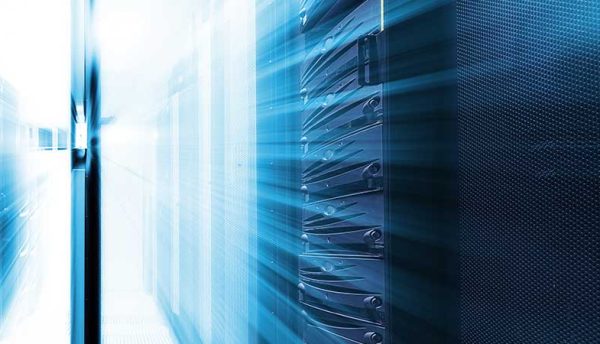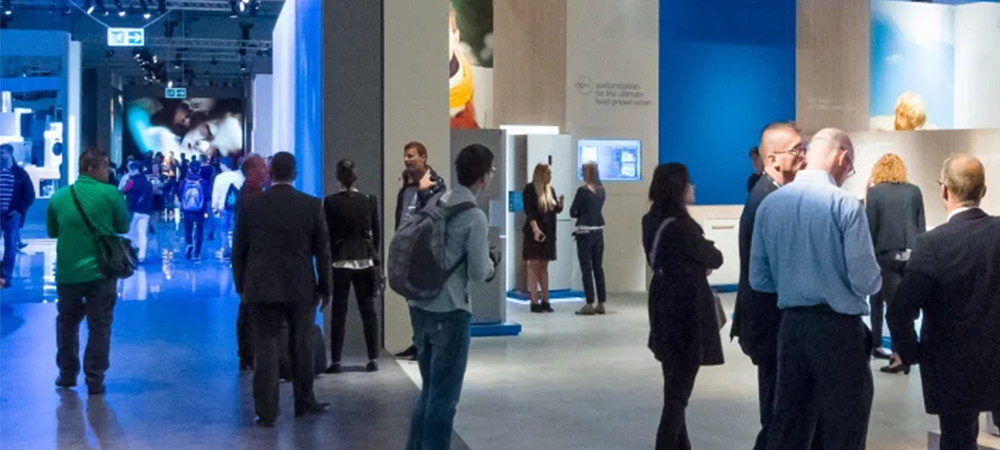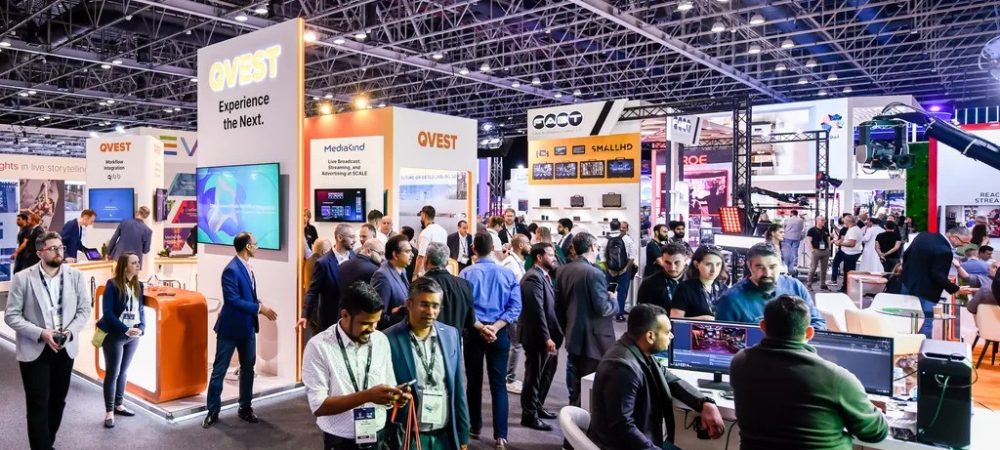Ed Ansett, Chairman and Founder, i3 Solutions Group, discusses the sustainability benefits of Demand Response (DR) and how it provides data centre technical leaders with a method to generate additional revenue from their operations.
Demand Response offers the opportunity to generate new data centre revenue streams while supporting the utility grid and its use of renewables increases.
People whose job title is head of engineering, VP of data centres or general manager of infrastructure in the data centre space are constantly thinking about sustainability. That means seeking appropriate solutions to cut carbon emissions. It is a huge challenge which also creates many opportunities. To realise these opportunities means creating a data centre of the future in business and technology infrastructure terms.
To sustainably power a data centre involves interaction with power generators and power grid operators. The context for such engagements is the national and regional strategies that are seeing huge energy firms transition to net-zero while maintaining energy security.
How will data centres engage with utilities and grid operators as both power consumers and power suppliers, while maintaining power to the load and meeting their own sustainability agendas? Whether buying or selling, which actions will have the most immediate and most beneficial impact will depend on the data centre’s location, size, age and type (namely hyperscale, colocation or enterprise). Engaging as a power supplier raises questions about the technologies data centre operators can deploy in order to build sustainable and profitable partnerships with grid operators.
What is Demand Response?
Demand Response (DR) can be described as customers modifying their power generation capacity or consumption requirements with the goal of reflecting supply expectations through consumer price signals or controls. DR is achieved by consumers reducing energy consumed or by returning energy to the grid-based upon either the predicted day-ahead market or the instantaneous real-time market.
The data centre industry is uniquely positioned to participate in DR to reduce its own carbon emissions and generate additional income for data centre owners.
The many forms of Demand Response
The simplest type of DR participation is Load Curtailment. The data centre disconnects from the grid and runs on its own power generators in island mode. Next is Load Shifting, which would see data centre power consumption reduced during a period of peak grid demand by shifting energy use to another time of lower demand. In some circumstances, for example, it may be viable to reduce load to allow the on-site battery storage to partially discharge and support the IT load in parallel with, or in isolation from the grid.
Another form of DR is Short Term Operating Reserve (STOR) and Load Reduction. In this case, the utility requests additional power when demand on the grid is higher than forecast, or in the event of unforeseen generation unavailability. DR providers help to meet the reserve requirement either by providing additional power generation or reducing their own demand.
STOR requires several capabilities on behalf of the data centre operator, including the capacity to supply power to the grid; the ability to respond to a utility signal usually within 20 minutes; to sustain that response typically for a minimum of two hours; to be able to respond again with a recovery period of no more than 20 hours.
Data centre participation in STOR involves supplying the grid and the data centre from its generators, which will therefore require the available data centre generating capacity to be significantly higher than its load. Perhaps the most lucrative DR service which data centres could supply is Frequency Response. This helps utilities counter unplanned power generation and load imbalance that would otherwise cause a frequency stability problem.
Three types of response are:
- Fast frequency response (FFR)
- Frequency containment reserve (FCR)
- Frequency restoration reserve (FRR)
More details regarding Frequency Response as well as other types of DR services can be found in a free to access Whitepaper published by i3 Solutions Group, Demand Response Opportunities for Data Centre Embedded Generation and Energy Storage Systems. The question of how much under-utilised power capacity exists in the world’s data centres is one of some speculation. At a macro scale, it is certainly multiple Gigawatts.
Demand Response – Infrastructure concerns
Data centres were not designed to be bi-directional microgrids but were meant to operate as unidirectional microgrids occasionally, i.e. during a utility failure when generators are used to supply the data centre load. Among the challenges to becoming bi-directional are that not all existing power capacity is readily available nor suitable to power a grid.
Data centre power chains are composed of a mix of technologies, meaning creating suitable bi-directional power flow poses technical and sustainability challenges.
First, if we consider the on-site power generation and storage infrastructure, it is most likely to be diesel generator-based to provide emergency power, with either lead acid or more recently, lithium-ion batteries to provide energy ride-through.
Diesel generators can run directly on HVO or be converted to run on cellulosic fuels. Usefully, practically all data centres are designed to provide many hours of power during a utility outage and therefore are inherently suited to provide load curtailment when run with a clean fuel such as HVO, for the type of sustainable DR required at grid scale. The possibilities in terms of reducing GHG marginal emissions are significant if a sufficient amount of data centre capacity is disconnected from the grid to mitigate intense fossil fuel-driven spikes in the grid carbon emission profile.
For DR frequency response schemes, most major manufacturers’ UPSs are designed today for DR and enabled bi-directional power flow. However, older UPS models are often unidirectional by design. Battery backup energy store for UPS ride-through is mainly based on chemical lead-acid or lithium-ion battery storage systems, although in some data centres kinetic energy stores are gaining traction and newer battery technologies are being evaluated.
Data centres have inherent energy storage in their UPS batteries and flywheels as well as generating capacity in their emergency generators that can be used to provide DR services in the appropriate circumstances.
Conclusion
Demand Response provides data centre technical leaders with a method to become more sustainable and generate additional revenue from their operations. The extent of modification to an existing infrastructure depends on the type of DR scheme the data centre participates in. From a sustainable investor perspective, data centres represent billions of dollars of unrealised DR revenue and unused GHG abatement potential.
Click below to share this article







